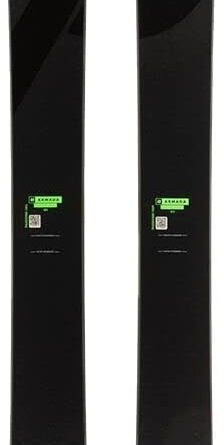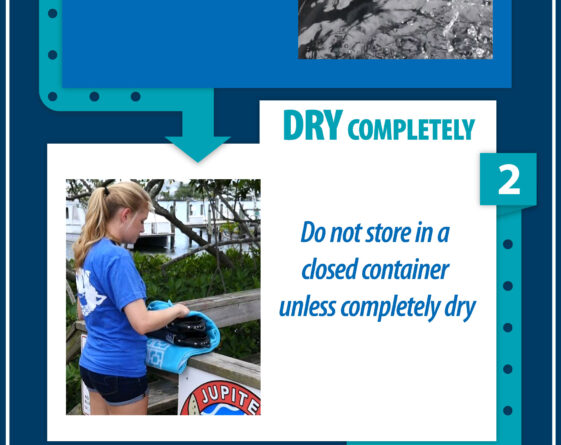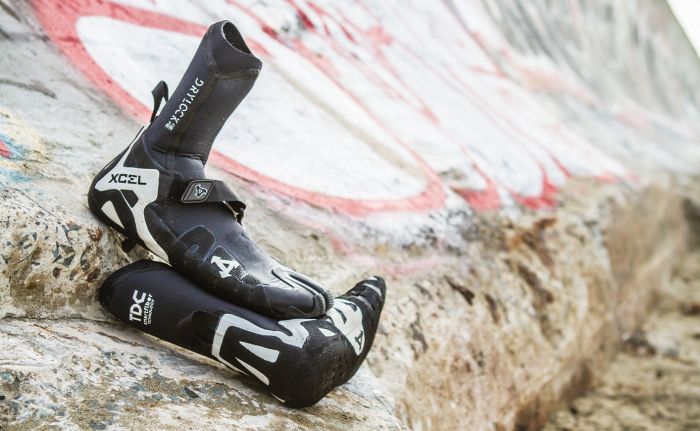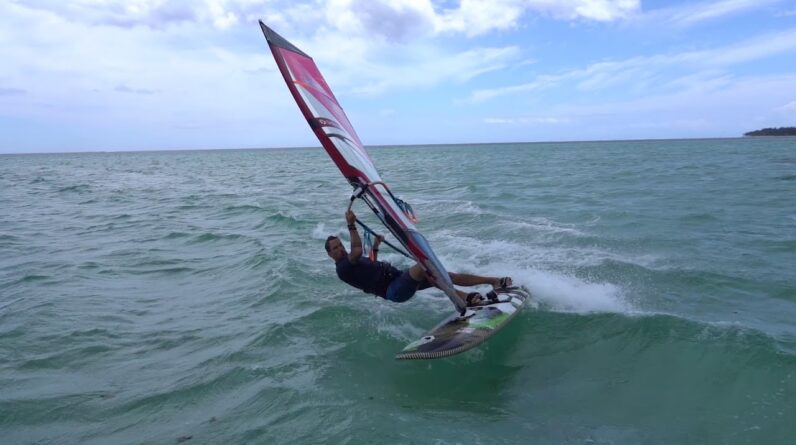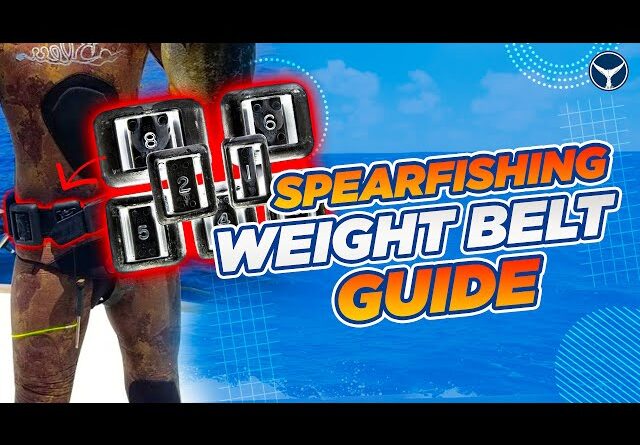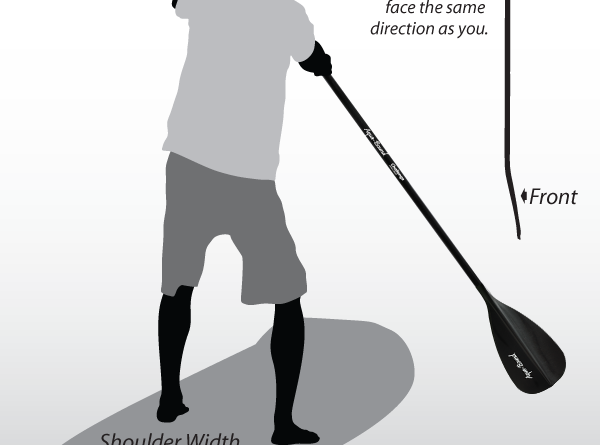
If you’re new to stand-up paddleboarding and wondering if you can use a kayak paddle for it, you’ve come to the right place. Stand-up paddleboarding (SUP) has gained popularity in recent years and involves paddling while standing on a board. While a kayak paddle may seem like a suitable option, there are key differences between the two activities that make it important to choose the right paddle specifically designed for SUP. In this article, we’ll explore the factors you should consider when selecting the right paddle for stand-up paddleboarding, ensuring a more enjoyable and effective experience on the water. So, let’s get started!
Choosing the Right Paddle for Stand-Up Paddleboarding
Stand-up paddleboarding, also known as SUP, is a popular water sport that offers a fun and exhilarating way to explore lakes, rivers, and oceans. One of the most important factors in having an enjoyable paddleboarding experience is choosing the right paddle. The paddle you select can greatly impact your performance on the water, so it’s essential to consider factors such as paddle type, length and blade size, material and construction, shaft design and flexibility, adjustability and versatility, paddle weight, grip and handle, price range, and additional considerations.

This image is property of cdn.shopify.com.
Types of Stand-Up Paddleboard (SUP) Paddles
When it comes to selecting a SUP paddle, the first thing you’ll need to consider is the paddle type. There are primarily two types of stand-up paddleboard paddles: single-blade paddles and double-blade (kayak) paddles. Single-blade paddles are the most commonly used for SUP, as they offer more versatility and control. Double-blade paddles, on the other hand, are designed for a seated paddling position and are typically used for kayak paddleboarding. It’s important to note that while you could potentially use a kayak paddle for stand-up paddleboarding, it may not provide the same level of performance and maneuverability as a dedicated SUP paddle.
Paddle Length and Blade Size
The length and blade size of your paddle are crucial factors to consider when choosing the right paddle for stand-up paddleboarding. The proper paddle length will depend on your height, the type of SUP activity you’ll be engaging in (racing, touring, surfing), and your personal preference. As a general rule of thumb, the paddle should be around 8 to 10 inches taller than you. Blade size also varies, with larger blades providing more power but requiring more effort, while smaller blades are ideal for those looking for a lighter and more effortless paddle stroke. It’s recommended to test out different paddle lengths and blade sizes to find the perfect fit for your needs.
Material and Construction
The material and construction of a paddle significantly impact its performance, durability, and weight. The most common materials used for SUP paddles include carbon fiber, fiberglass, and aluminum. Carbon fiber paddles are the lightest and most rigid, offering excellent power transfer and reducing fatigue during long paddling sessions. Fiberglass paddles are a great intermediate option, providing a good balance between weight and performance. Aluminum paddles, although heavier, are more affordable and suitable for beginners or recreational paddleboarding. When it comes to construction, consider whether the paddle is one-piece or adjustable. One-piece paddles typically offer better energy transfer, while adjustable paddles provide versatility for sharing among family and friends with different heights.
Shaft Design and Flexibility
The design and flexibility of the paddle shaft play a crucial role in comfort and performance while stand-up paddleboarding. The shaft can be either straight or ergonomic, with ergonomic designs offering a more natural hand position, reducing strain and fatigue. Additionally, some paddles feature a round shaft, while others have an ovalized shape for better grip and control. Flexibility is another important aspect to consider. A stiffer shaft offers greater power transfer but may cause more strain on your joints, while a more flexible shaft absorbs shock and provides a more forgiving paddle stroke. Experimenting with different shaft designs and flexibilities can help you find the perfect fit for your paddling style.
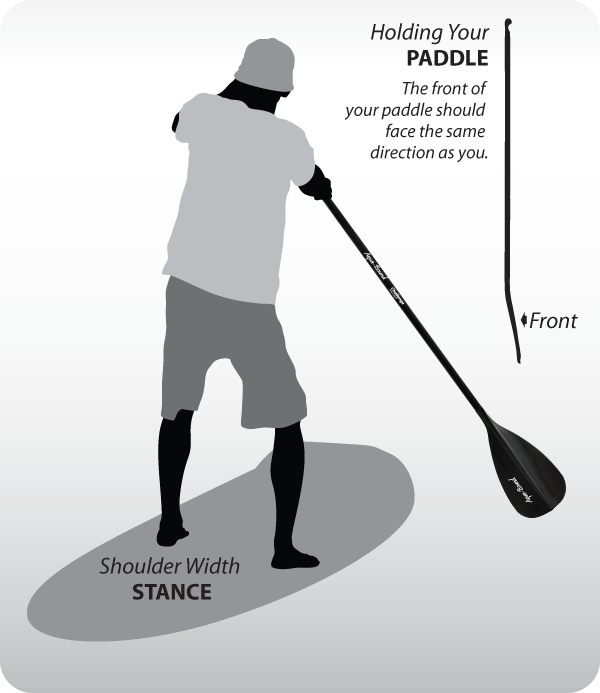
This image is property of cdn.shopify.com.
Adjustability and Versatility
If you plan on sharing your paddleboard or using it for various SUP activities, consider the adjustability and versatility of the paddle. Adjustable paddles allow you to easily change the length, making them suitable for different users or adapting to different water conditions. Some paddles also offer adjustable blade angles, which can be beneficial for stroke efficiency and customization. However, it’s important to note that adjustable paddles can add some weight and may be less rigid compared to one-piece options. Assess your needs and preferences to determine whether an adjustable paddle is the best choice for you.
Paddle Weight
The weight of the paddle is worth considering, especially if you’re planning to go on long paddling adventures or if you have limited upper body strength. Lighter paddles, such as those made from carbon fiber, can greatly reduce fatigue and make your paddling experience more enjoyable. However, keep in mind that lighter paddles often come with a higher price tag. It’s crucial to find the right balance between weight, performance, and budget.
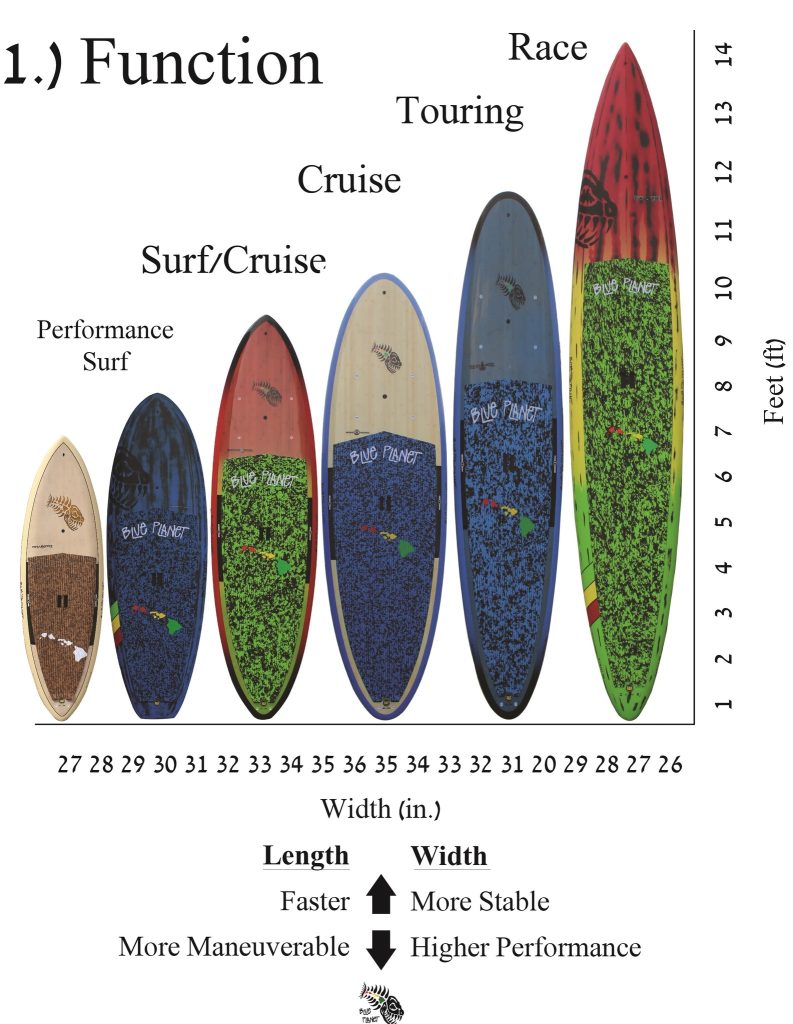
This image is property of cdn.shoplightspeed.com.
Grip and Handle
Having a comfortable and secure grip is essential for efficient paddling and preventing hand fatigue. Paddle handles come in a variety of materials, including rubber, foam, and thermoplastic elastomer (TPE). Rubber handles offer a soft and tacky grip, while foam handles provide extra cushioning. TPE handles provide a balance between softness and durability. Additionally, some paddles have an integrated palm grip, which can enhance control and stability during paddle strokes. Consider which type of grip and handle material would be most comfortable for your hands and optimize your paddling experience.
Price Range
When it comes to pricing, stand-up paddleboard paddles can vary significantly depending on factors such as material, construction, and brand. It’s essential to set a budget and determine your priorities before making a purchase. While it might be tempting to opt for a cheaper paddle, keep in mind that investing in a high-quality paddle will not only provide better performance but also greater durability in the long run.

This image is property of blackprojectsup.com.
Additional Considerations
Finally, there are a few additional factors to consider when choosing the right paddle for stand-up paddleboarding. These include personal preferences in terms of color and design, the reputation and customer reviews of the paddle manufacturer, warranty, and any additional features such as a blade guard or storage options. Researching and trying out different paddles or seeking advice from fellow paddleboarders can help you make an informed decision.
In conclusion, choosing the right paddle for stand-up paddleboarding is crucial for a comfortable and enjoyable experience on the water. By considering factors such as paddle type, length and blade size, material and construction, shaft design and flexibility, adjustability and versatility, paddle weight, grip and handle, price range, and additional considerations, you can find the perfect paddle that suits your needs and enhances your paddleboarding adventures. Happy paddling!


